There is no shortage of Pinterest-worthy inspiration for decorating with plants or books, but what about innovative ways to spotlight plants and books? Enter the magical, miniature worlds of Terrarium Craft. With two crafts combining plants and books together, your home décor can flourish with life and literature.
1. Grow a Book
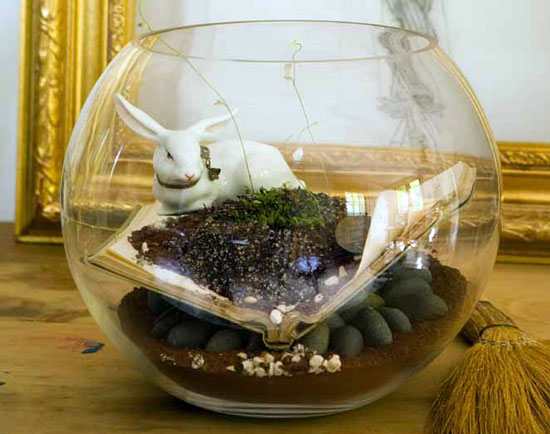
Photo © Kate Bryant
Inspired by the famously cranky Scottish historian Thomas Carlyle, Amy Bryant Aiello and Kate Bryant combined an old book of Carlyle’s essays, a carnivorous plant known as the “angry bunny,” and a grouchy-looking porcelain rabbit in a playful terrarium display.
Draw from the setting and symbolism of your favorite novel or work with books like Purple Hibiscus by Chimanda Ngozi Adiche, The Name of the Rose by Umberto Eco, The Lotus Eaters by Tatjana Soli, Flowers for Algernon by Daniel Keyes, and The Perks of Being a Wallflower by Stephen Chbosky.
Materials
- 1 large glass bowl
- crushed lava rock
- river rocks
- 1 old book
- 1 thematic object
- 1 indoor plant
- sprinkling of accents (like pebbles or beads)
Instructions
- Clean terrarium glass inside and out.
- Pour a layer of crushed lava rock into the bowl’s base.
- Place river rocks over the center of sand (not touching the sides of the container), edges up.
- Open the book and set it, spine-down on the rocks toward the terrarium front so some words can be seen.
- Place whatever object you have chosen at the back of the bowl on the book.
- Onto the open book, pour another layer of crushed lava rock.
- Unpot the plant and transfer with soil onto the heap of crushed lava rock.
- Drop additional accents near front to draw attention to the spine of the book.
This design is an experiment in temporality! The terrarium will age and change before your eyes. The soil will shift and the book will gradually decompose. As long as the plant is kept continuously moist, however, it should thrive for a couple of years. If you want to adapt this concept, you could use a succulent or cactus—fewer waterings will slow the book’s decomposition.
2. Bookish Shelves
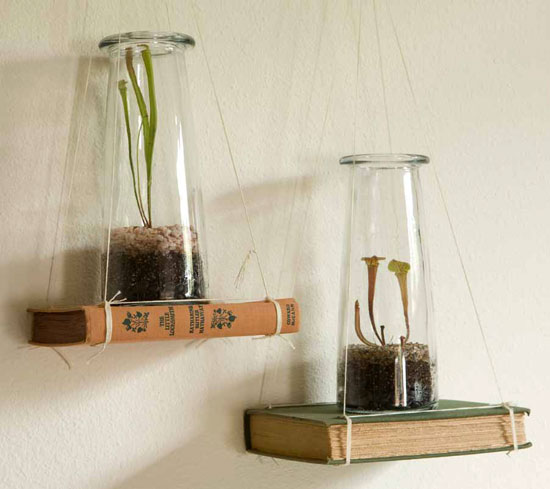
Photo © Kate Bryant
Reminiscent of a scientific exhibit from a Victorian plant-collecting expedition, this design permits a close-up study of the unique qualities of the included plants and books.
Pair carnivorous plants with vintage botanical texts, succulents with dry-climate field guides, or herbs with old cookbooks.
Materials
- 2 glass cylinders
- 2 indoor plants
- chopsticks
- accent pebbles
- 2 old books
- string
Instructions
- Use string to secure books from a wall hook, making a level shelf.
- Clean terrarium glass inside and out.
- Remove each plant from its pot and drop them into a glass cylinder with potting soil.
- Using a chopstick, gently tamp the soil so it’s level.
- Top dress the soil with accent pebbles.
- Pour in just enough water to clean up any stray soil on the glass and moisten the plants’ roots.
- Display the cylinders on your shelves.
For more terrarium crafts, check out the book below!
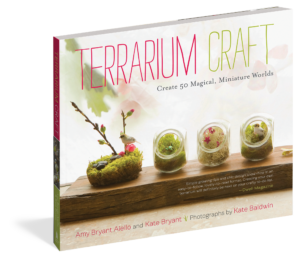 About the Book:
About the Book:
A terrarium is nothing less than a miniature world—one that you can create yourself. It might be a tiny rainforest, with lush foliage and bright tropical flowers. Or a desert, with strange succulents planted among colorful stones. Or a Victorian fernery. Or a minimalist composition with a single, perfect plant.
Or it might not contain any plants at all. It might be made with crystals, feathers, bones, seashells, bits of wood, porcelain trinkets—anything that catches your fancy and helps create a mood or look. Whatever they contain, terrariums are the ultimate in modern, affordable, easy-care décor.
Terrarium Craft features fifty original designs that you can re-create or use as inspiration for your own design. Each entry comes with clear step-by-step directions on how to assemble and care for your terrarium. You’ll also find helpful information about selecting a container, using appropriate materials, choosing the right plants, and maintaining your terrarium. (Hint: It’s easy! In fact, many terrariums are self-sustaining, requiring no maintenance whatsoever!)
Buy the Book
Amazon | B&N | Indiebound | Workman

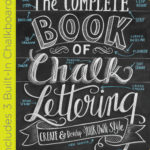

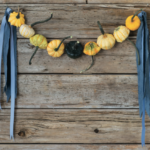

No Comments